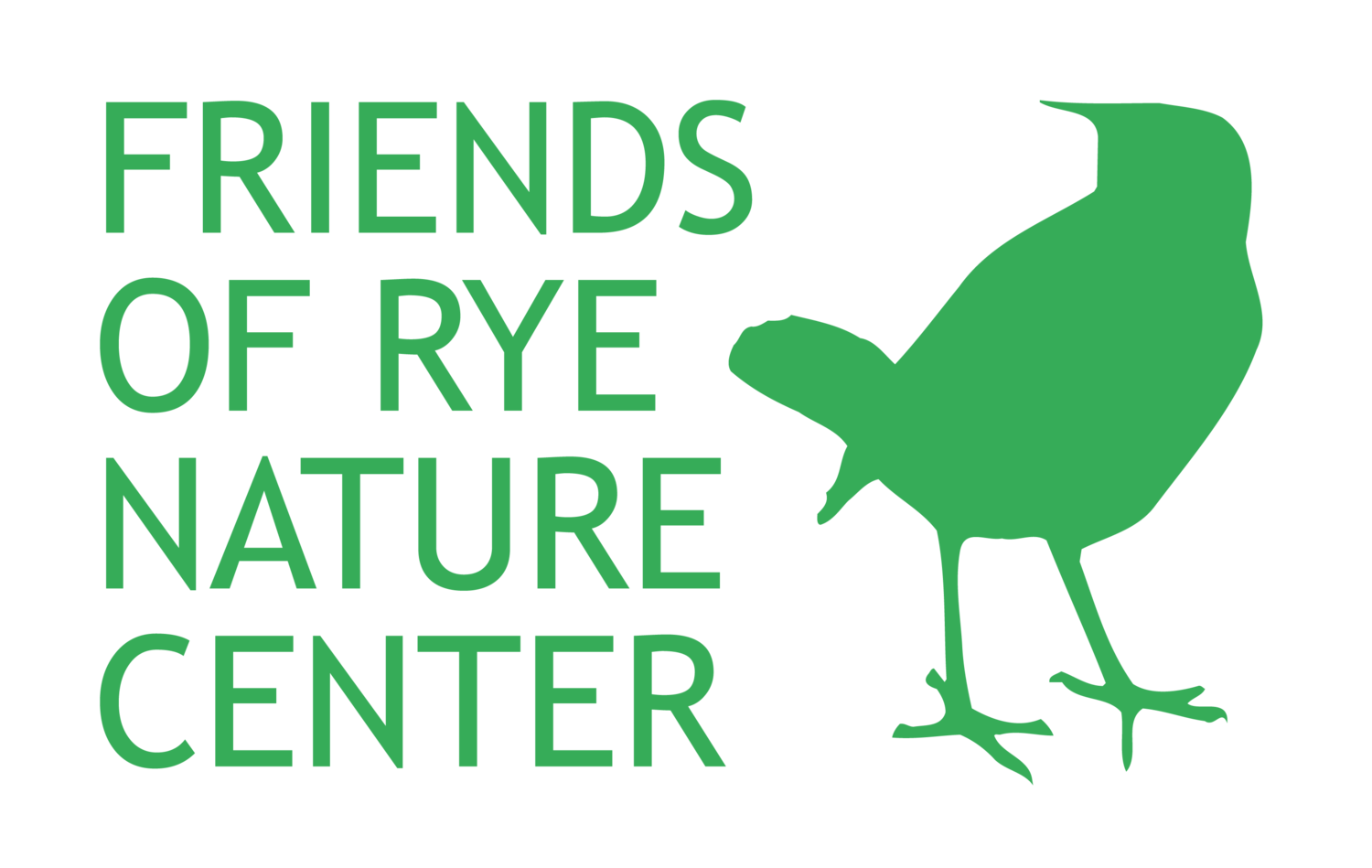- Tucker Smith, Guest Contributor
Photo Credit: Lyle J. Buss, University of Florida
The Rye Nature Center is home to flora and fauna of all kinds, but even we aren’t happy to find stinkbugs hiding behind furniture and around corners. If you live in New York, you’ve probably seen a stinkbug or two: with their striped antennae, pale underside, and patterned shield-like shell, these dime-sized critters are as unique in appearance as they are in odor.
But this familiar species of stinkbug is more than just a pest: the brown marmorated stinkbug is an invasive species that scientists have being trying to rein in for years.
Unlike most other insects, brown marmorated stinkbugs wreak havoc both indoors and outdoors. When they infest somewhere, they can swarm in unbelievable quantities, sometimes exceeding a thousand stinkbugs in one home. These infestations usually occur in the winter, when stinkbugs are looking to escape the cold. Overwintering stinkbugs prefer high places, so keep an eye out on your second floor when winter rolls around.
Example of “cat facing” damage on apples.
Photo credit: Douglas C. Pfeiffer, Virginia Tech
Stinkbugs are no less unruly in the warmer months, though—in fact, the damage they inflict on agriculture regularly costs American farmers millions of dollars in crops. Though farms in the Mid-Atlantic are most affected, brown marmorated stinkbugs will also go after New York apple orchards suck the juice from apples through tiny punctures. These punctures are so small that the fruits show no sign of damage until they start to collapse, leaving dark, “cat-facing” scars on the apple’s surface. These punctures then ooze a sugary substance that attracts other insects to feed on the ruined crops.
Apples are far from the only crop that brown marmorated stinkbugs can destroy—the species is polyphagous, which means their diet is extremely broad. From corn to trees to cayenne peppers, there are very few plants they won’t feast on.
To make matters worse, stinkbugs can seem impossible to get rid of. Pesticides rarely work against them, and trying to vacuum them up will only prove effective if you dispose of the insects immediately, to prevent them from escaping. Some scientists recommend drowning stinkbugs in a bottle of soapy water or trapping them in Ziploc bags and freezing them in a freezer, though this can be a challenge depending on the scale of the infestation.
On the bright side, the stinkbug’s notoriety has attracted a lot of scientific attention, and in the past few decades, entomologists have made major strides in managing the pest. One helping hand in stinkbug control is the parasitic samurai wasp. The samurai wasp lays their eggs within those of stinkbugs, so wasp larvae then consume the stinkbug eggs. Scientists in New York have been working to redistribute these wasps to curtail the State’s stinkbug population. Interestingly, the samurai wasp is also an invasive species—both it and the brown marmorated stinkbug originate in Asia. It just goes to show that conservation in the era of globalization is really a delicate balancing act.
Samurai wasps aren’t the only insects that curb the stinkbug population. Check out this Nature News article on the Four-Banded Stink Bug Hunter to learn about another stinkbug killer!
Additional Resources:
The New Yorker: “When Twenty-Six Thousand Stinkbugs Invade Your Home”


